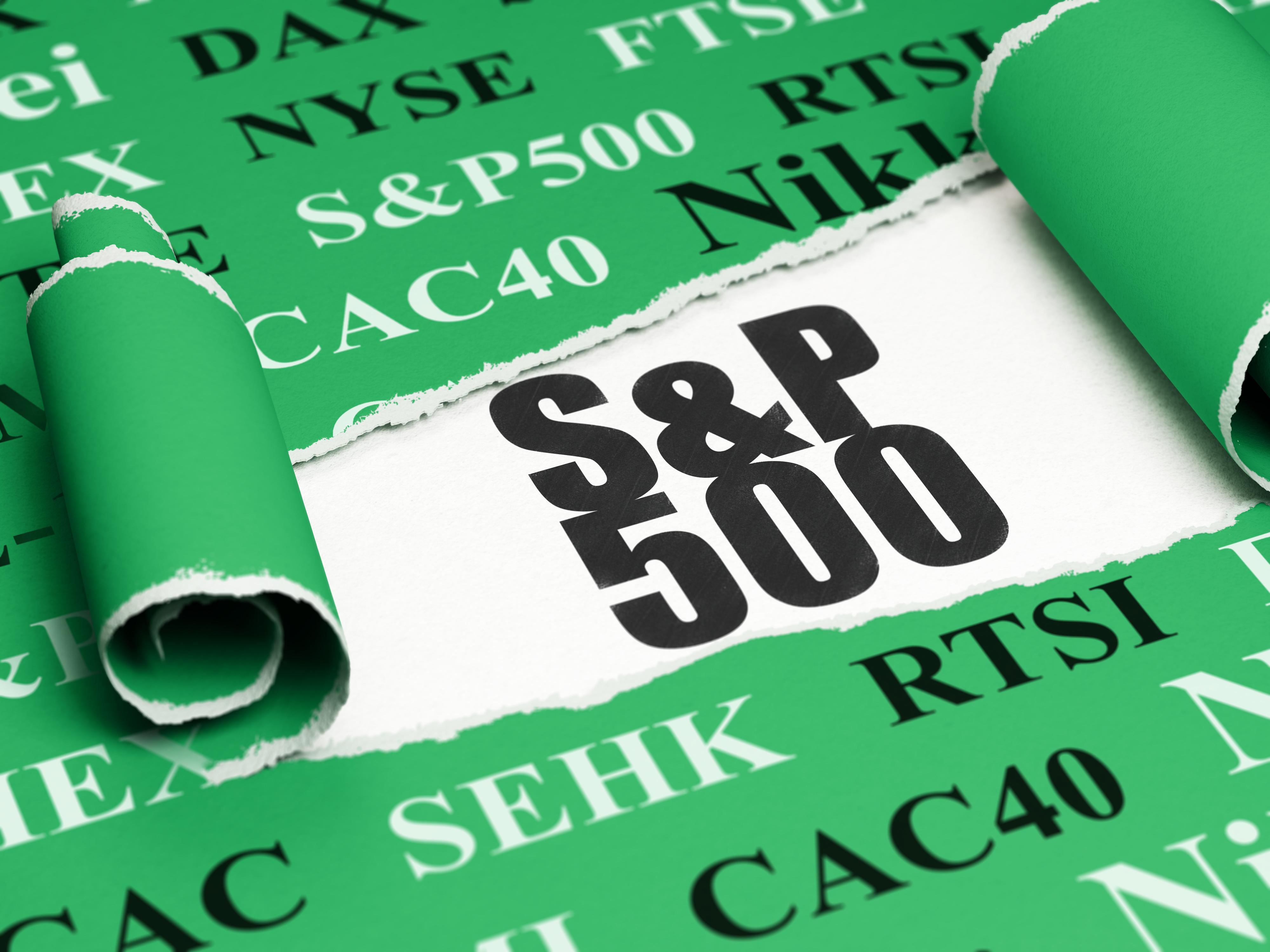These S&P 500 Stocks Have the Most ‘Sell’ Ratings
Among S&P 500 stocks, Franklin Resources, Inc. (BEN) has the highest percentage of “sell” ratings based on a FactSet report released on December 23. In 2019, BEN fell by 12.4%. Franklin Resources is a financial services stock. The Financial Select Sector SPDR Fund rose by 29.2% in the last year. BEN price target and institutional […]
Nov. 20 2020, Updated 2:34 p.m. ET

Among S&P 500 stocks, Franklin Resources, Inc. (BEN) has the highest percentage of “sell” ratings based on a FactSet report released on December 23. In 2019, BEN fell by 12.4%. Franklin Resources is a financial services stock. The Financial Select Sector SPDR Fund rose by 29.2% in the last year.
BEN price target and institutional holdings
According to Reuters data, 64% of the analysts tracking Franklin Resources have given it a “sell” recommendation. The remaining analysts have a “hold” recommendation on the stock. Analysts’ mean price targets suggest an upside of just 1.1% from last week’s closing level.
Last week, Credit Suisse increased the target price on BEN by $3 to $21. Wells Fargo reduced the target price by $4 to $25 and downgraded ratings from “equal-weight” to “underweight.” Last month, Deutsche Bank and Citigroup reduced the target price on BEN by $4 and $2 to $25 and $29, respectively. Deutsche Bank cut the price target on BEN for the second time since November.
Seven out of the top ten institutional holders of BEN had reduced their holdings in Q3 2019. The Vanguard Group, the largest institutional investor, sold 1.3 million BEN shares.
In the third quarter of 2019, Fiduciary Management, Inc. sold approximately 4.2 million BEN shares, the most substantial stake reduction among all institutional investors. Also, Fiduciary Management exited from all its investments in BEN. In Q2 2019, BEN constituted around 1% of Fiduciary’s total portfolio of publicly traded securities.
In Q3 2019, First Trust Advisors L.P. and Millennium Management, LLC bought 2.2 million and 1.7 million BEN shares, respectively, the most substantial buys among institutional investors.
Other S&P 500 stocks
S&P 500 constituents, including Globe Life, Macy’s, Inc., W. R. Berkley Corp., Consolidated Edison, and Hormel Foods Corporation, also have the highest percentage of “sell” ratings based on the last month’s FactSet report. Also, the report highlighted that analysts are relatively bearish on The Clorox Company, Campbell Soup Company, Robert Half International, and Waters Corporation.
Interestingly, the list of top-ten stocks with the highest percentage of “sell” ratings did not include any energy stocks. On the contrary, the top ten constituents of the S&P 500 that have the highest percentage of “buy” ratings included energy stocks Diamondback Energy, and ConocoPhillips. To learn more, read S&P 500 Stocks: Analysts Bullish on Diamondback.
In 2019, the Energy Select Sector SPDR Fund had underperformed other sector-based SPDR ETFs. This list of ETFs includes the Technology Select Sector SPDR Fund, the Health Care Select Sector SPDR Fund, and a few others.
Globe Life
Last year Globe Life (GL) had a steady rise of 41.2%. In December, Credit Suisse and UBS raised the target price on Globe by $6 and $5 to $120 and $89, respectively. Analysts’ mean target prices suggest a downside of 10.4%.
Last year, KBW, SunTrust Robinson, J.P. Morgan, and Morgan Stanley also increased their target prices on GL. However, 44% of the total of nine analysts tracking GL recommended a “sell.” Around 22% recommended a “hold,” based on the Reuters data. The remaining analysts have a “buy” or a “strong-buy” recommendation.
In Q3 2019, Globe Life’s adjusted EPS (earnings per share) was at $1.73, compared to analysts’ mean estimates of $1.70. Also, between Q1 2019 and Q3 2019, Globe’s reported EPS was above analysts’ mean estimates.
The 2020 presidential election is critical for Globe Life. Some Democratic presidential candidates highlighted the importance of strengthening the Patient Protection and Affordable Care Act. Elizabeth Warren proposed “Medicare for All.” This could impact GL’s health insurance business.
Last week, Globe Life closed 9%, 14.9%, and 8.8% above the 20-, 50- and 100-DMA (day moving averages), respectively. The 200-DMA at $95.79 is a strong resistance zone for GL. In 2019, GL failed to decisively move above its 200-DMA.
Globe’s institutional holdings
In Q3 2019, the Vanguard Group was the biggest institutional investor with an over 11% stake in GL. However, it sold approximately 302.6 thousand GL shares in the third quarter, the second-largest sell by any institutional investor. Regions Financial Corp. exited from all its stake in GL. It sold 1.7 million GL shares, the biggest sell by any institutional investor. In Q2 2019, GL constituted approximately 1.8% of Regions’ portfolio of publicly traded securities.
But, in Q3 2019, among the top ten institutional investors of GL, only four had reduced their stakes. BlackRock bought 997.1 thousand GL shares, the biggest addition by any institutional investor. Wellington Management added around 425.6 thousand GL shares, the second-highest buy among the top ten institutional investors.
In the third quarter, Berkshire Hathaway was the third-largest institutional investor in GL. Berkshire’s Chairman and CEO, legendary investor Warren Buffett, is known for his value investing style. Berkshire Hathaway underperformed the S&P 500 by a wide margin last year. It was Warren Buffett’s worst underperformance versus the S&P 500 since 2009.
To learn more about where analysts are most bullish, read An Investor’s Guide to Top-Performing Stocks for 2020.
